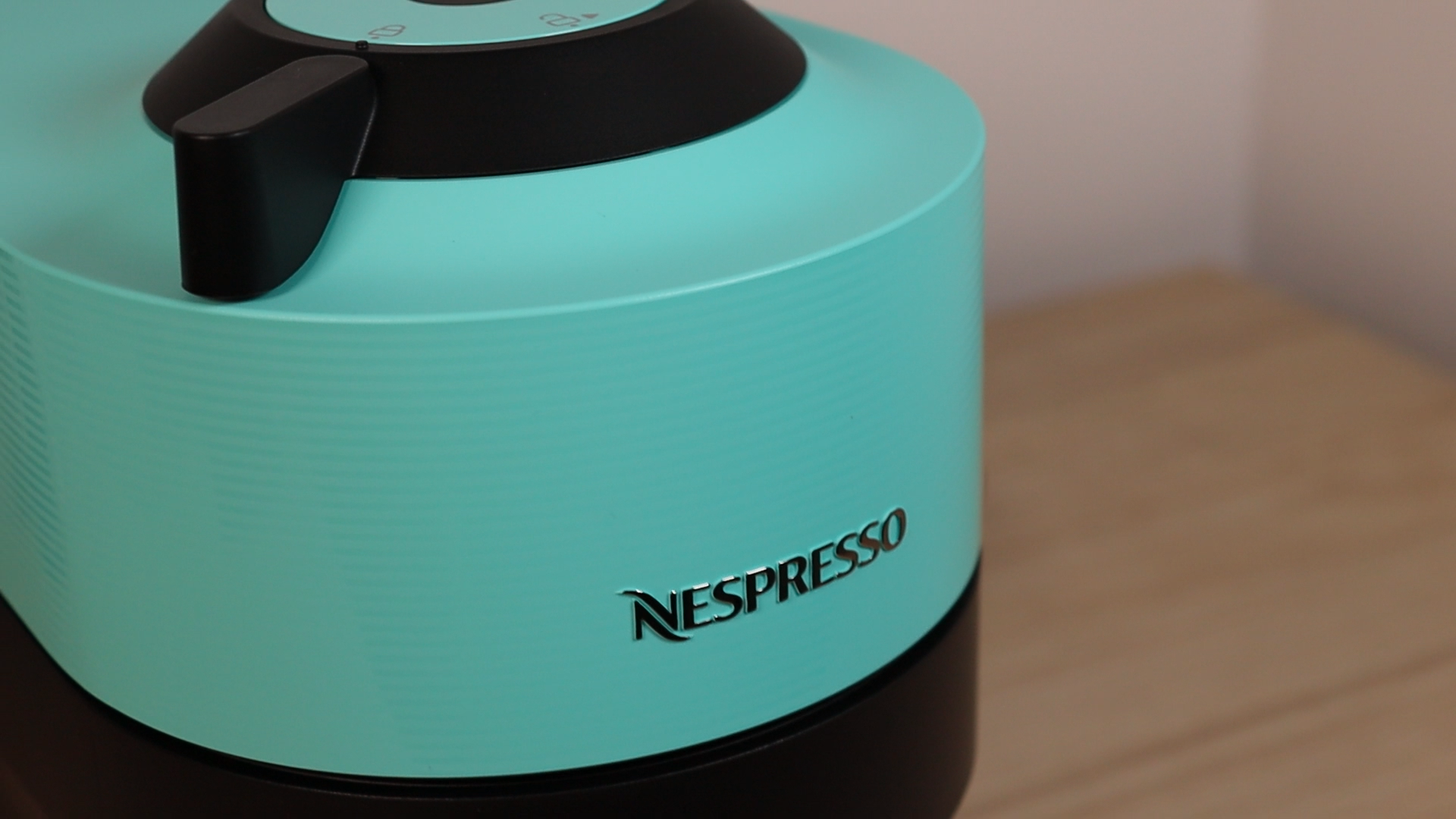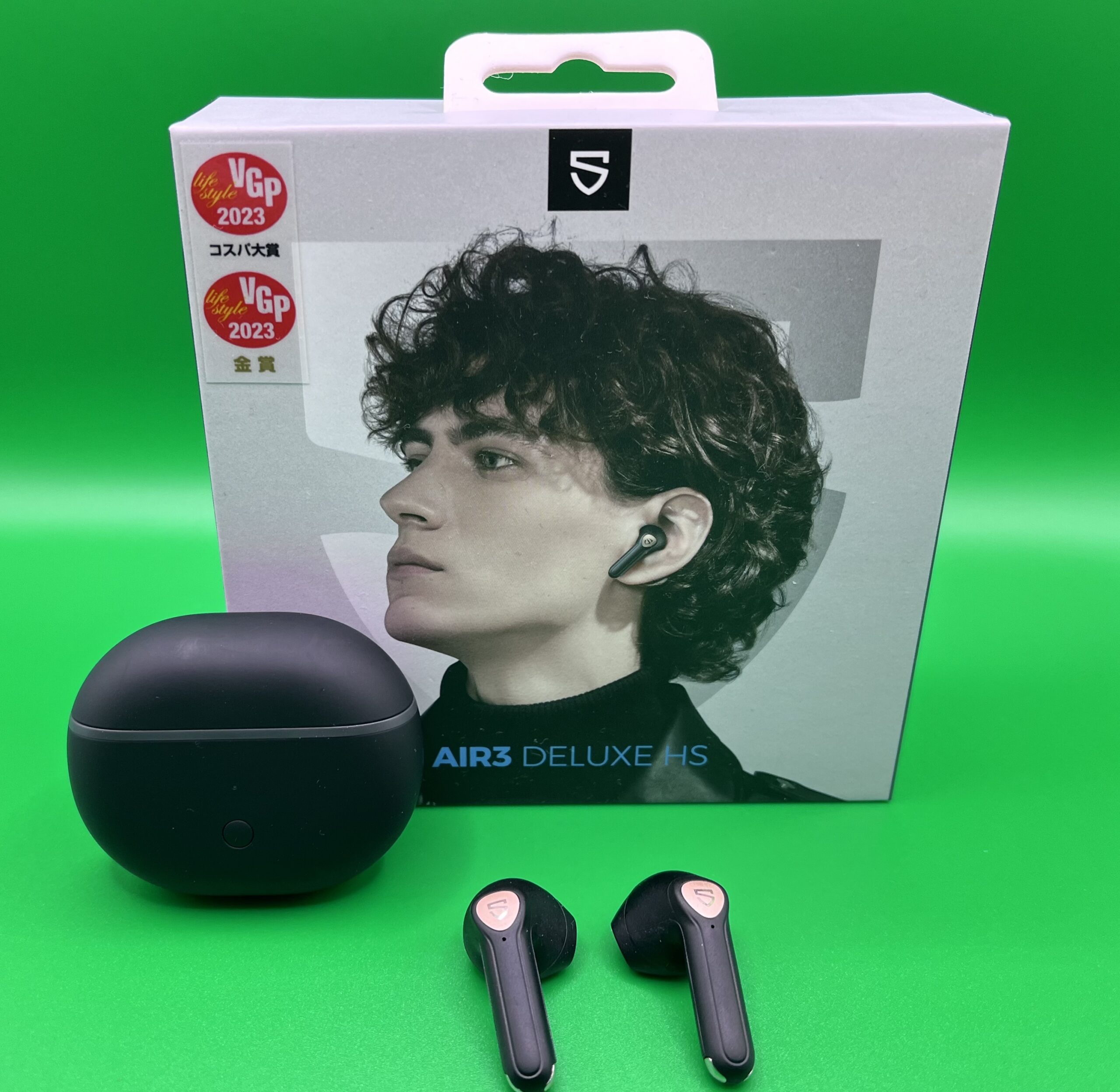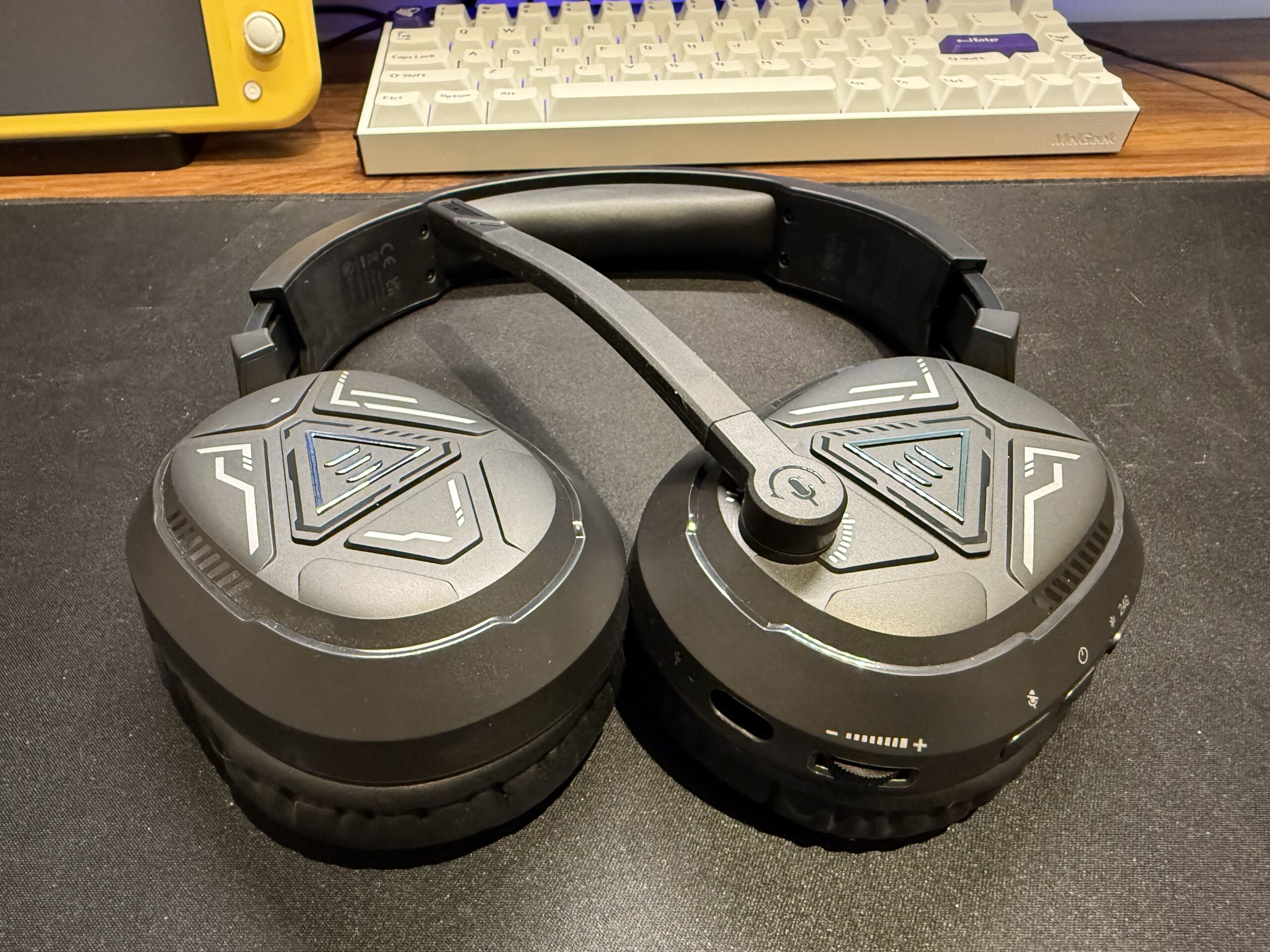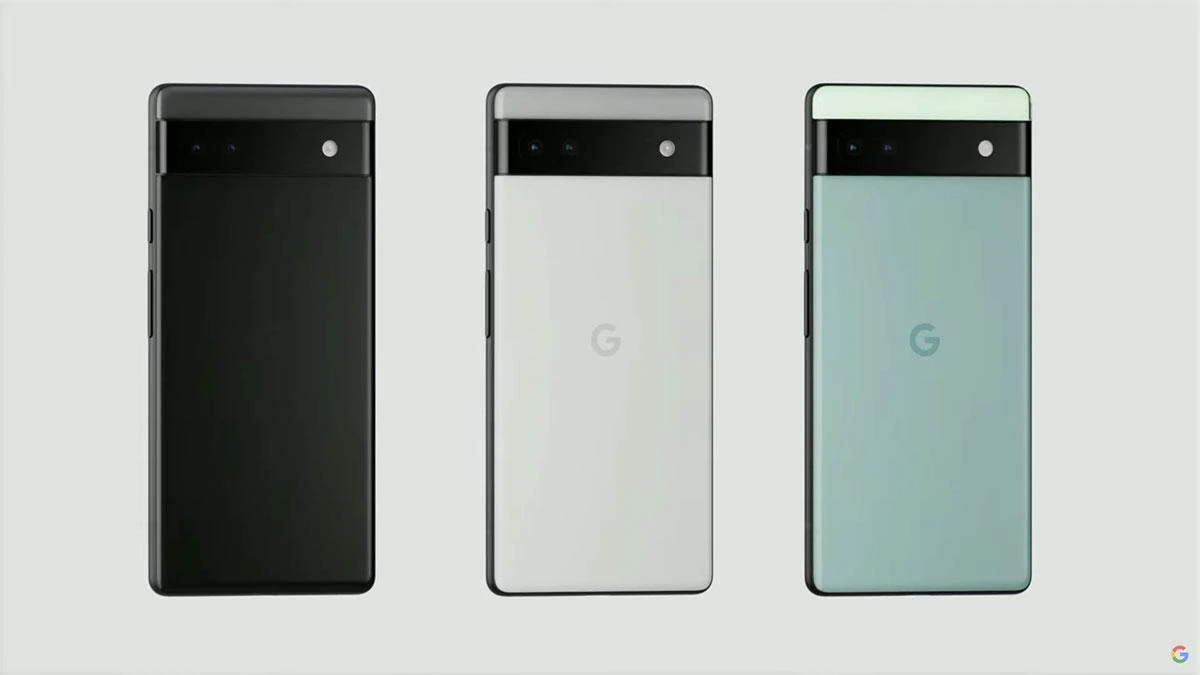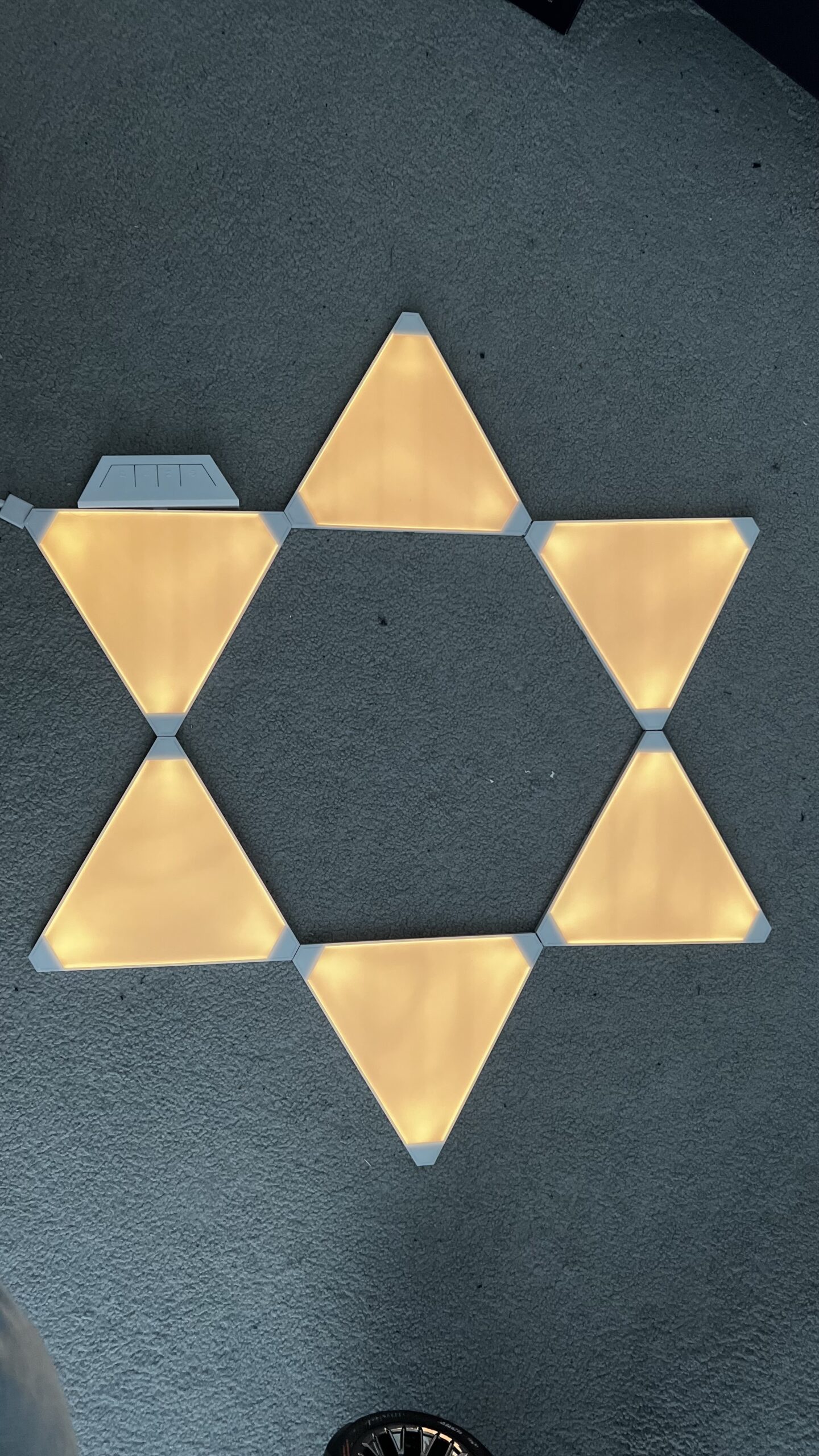
A heavy duty typing solution with an impressively smooth experience?
| Pros | Cons |
| Great typing experience Premium design Lots of custom options | Very heavy Odd printing on some keys No backlight through keys |
The Keychron Q6 is a full-metal keyboard with a full-size layout and type-C wired connectivity. The keyboard is made with reinforced multi-layer acoustic foam and a double-gasket design that provides a great typing experience in a hefty aluminum body…
First impressions and hardware
…and hefty is the word. The moment the package was handed to me, my first instinct was that this couldn’t possibly be the keyboard I was expecting. It was just too heavy? Fooled me. The full-sized Keychron Q6 is very heavy but I kind of dig it. It doesn’t move around on my desk unless I very deliberately choose to make it do so, and there’s something about weighty metal that just says ‘premium’ to me. A little of that top-quality sheen was lost when I first looked at the keys. They’re nicely made and look great for the most part, but there’s some odd choices regarding the font and spacing of the text printed on the keys. They can look a little cramped, and I’ll loop back to that later.
In the box is the keyboard, a nice braided USB-C to USB-C cable along with a USB-C to USB-A adapter, some key cap removal tools, and alternate keys so users can switch between macOS and Windows as they like. The packaging is clean, and the product looked nice and snug tucked into the foam.

Setup
The review unit I received was a wired keyboard. The Keychron Q6 Max is available with full Bluetooth connectivity, but as this unit is the Q6, I’m going to cover it strictly as a wired keyboard. The setup, as you can imagine, was pretty straightforward. I plugged it in and we were off to the races. Next to the USB-C port on the top left of the device is a toggle switch that allows users to change from Mac to Windows, and the appropriate keys are, as mentioned earlier, included in the box for hot switching as needed. There was very little to do to get it up and running, which was lovely.
What did happen when I plugged it in, however, is I was damn near blinded by a flurry of RGB light beams. I get it. The kids love the RGB. I’m getting grayer by the day and immediately hit the dedicated backlight button to flip through a few options before I find one that worked for me. Keychron also has a browser-based keyboard launcher which I later used to specifically adjust the colour, tone, and brightness of the backlight to my preferred look. The launcher was also pretty easy to set up. I went directly via the Keychron website, searched for the launcher, and found an easy-to-follow setup guide which took me through everything I needed. I’ve had some problems with the keychron launcher in the past so ti was nice to see it in action and experience how smoother it is when it’s in full flow.
Keys, Buttons, and Typing
The typing experience on the Q6 has been a genuine pleasure. I’m using the Q6 with brown switches, and even as I write this review I little bits of joy with every key I hit. The travel is just right, my fingers bounce back from the keys wonderfully, they have a gorgeous little ‘thonk’ to them that never gets too loud or agitating, and even with the keys slightly rounded edges, which I thought might irritate me, I’ve never given them a second thought.
All in all, there’s about 7 layers between the keys you touch and the PCB inside, which includes layers of foam and a ‘double gasket’ design which lets everything move and adjust dynamically as you type. This shows. Despite a great feeling to type on, I’ve found that even gaming on this keyboard feels incredibly responsive. The wired nature of the keyboard no doubt helps but Keychron does boast a 1000hz polling rate which they claim offers 0 latency for things like gaming, and I saw nothing to suggest otherwise.
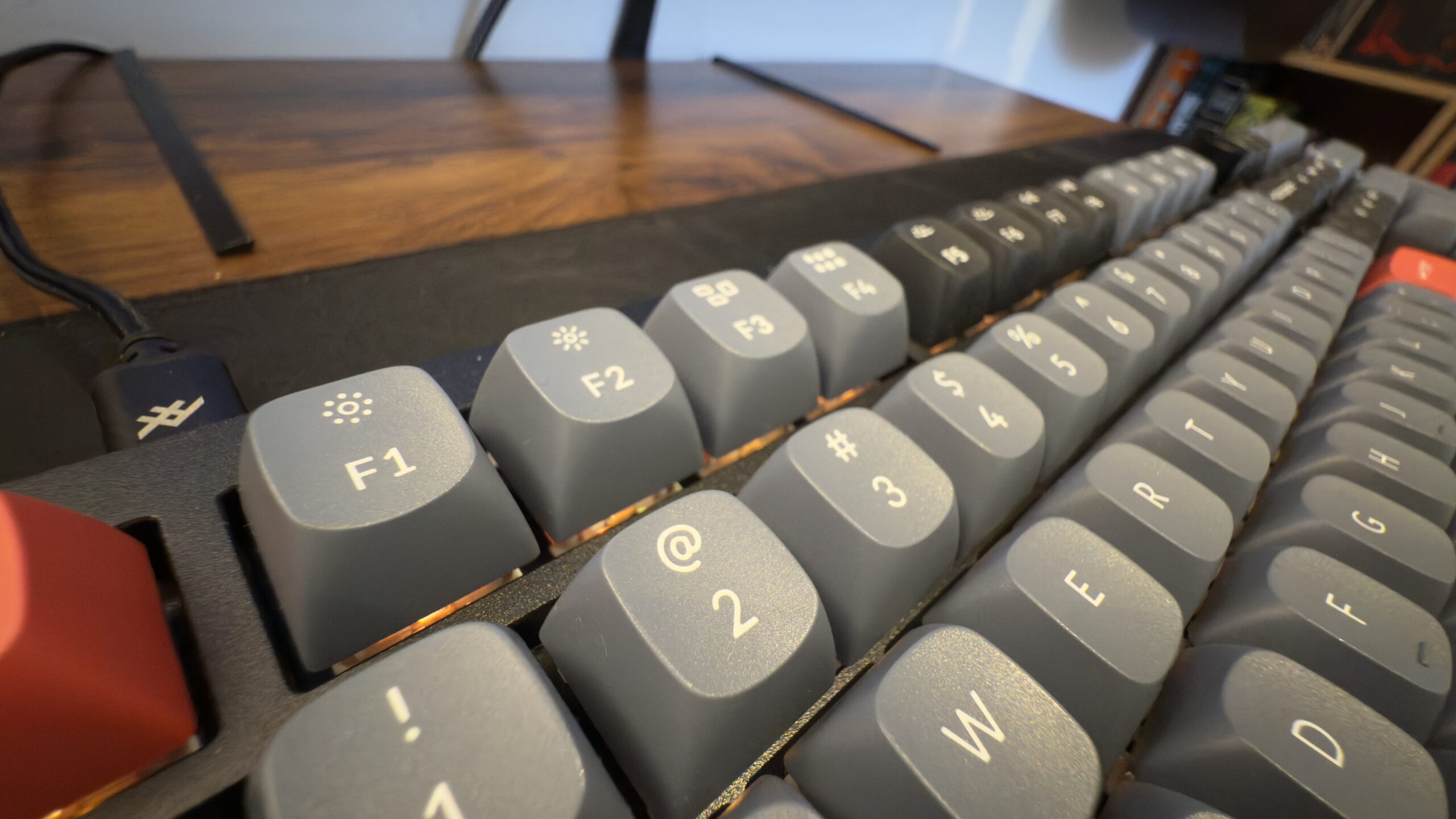
As a full-size keyboard, this offers, as you’d expect, a full row of function keys, arrow keys and a number pad. To the top right of the keyboard are four macro buttons that I believe are primarily intended to be used for shortcuts and macros that can be set up using the previously mentioned Keychron launcher. Out of the box, these keys were already set to adjust the brightness on my external display, as opposed to the brightness functions on the F-keys which only adjust the brightness on my laptop display. A nice trick to have, and the idea of being able to play around with these ‘spare’ keys is nice.
I mentioned earlier that the keycaps have a slightly rounded shape that I thought might irritate me a little, but I’ve actually found them really nice to use. They leave space between each key where the corners have been shaved off that make it feel like I’m less likely to catch the wrong key as I work. Keychron did decide to go with an interesting font on the keys, which isn’t awful but not something I’m a huge fan of. For the most part, it’s fine, but as I mentioned at the start of this review, some of the keys look strangely cramped. For example, the backspace key seems to get from the very edge of the key on one side, all the way to the other, which looks almost like they run out of space. There’s a similar energy on the function keys, which again looked like the icons and letters have been really squeezed in there. It has no effect on the typing experience, of course, but for such a lovely bit of hardware it’s a little annoying to see.

There’s also the way the backlight works with the keycaps. I’m personally a fan of a nice glow shining through my keys. With the Keychron Q6, it took some tinkering to get there. I pulled this from Keychron’s website;
“The south-facing RGB LED is designed to better illuminate the keyboard backlight from the typist’s angle with the premium non-shine-through PBT keycaps installed. The south-facing RGB is also free from interference when the users install OEM or Cherry-profile alternative keycaps on the keyboard.”
The ‘non-shine through’ keycaps are a decision Keychron seems to have made, and for a lot of people, that might be great. For myself, I like that little bit of shine through, but like I said, after some tinkering in the Keychron launcher, I got it set up just right for myself. If you like a big, bright, bombastic backlit keyboard, you’re going to have a great time with the Q6. There seems to be endless options on the backlight front, and some of them had me practically hypnotized before I decided to revert it all back to old-man mode.
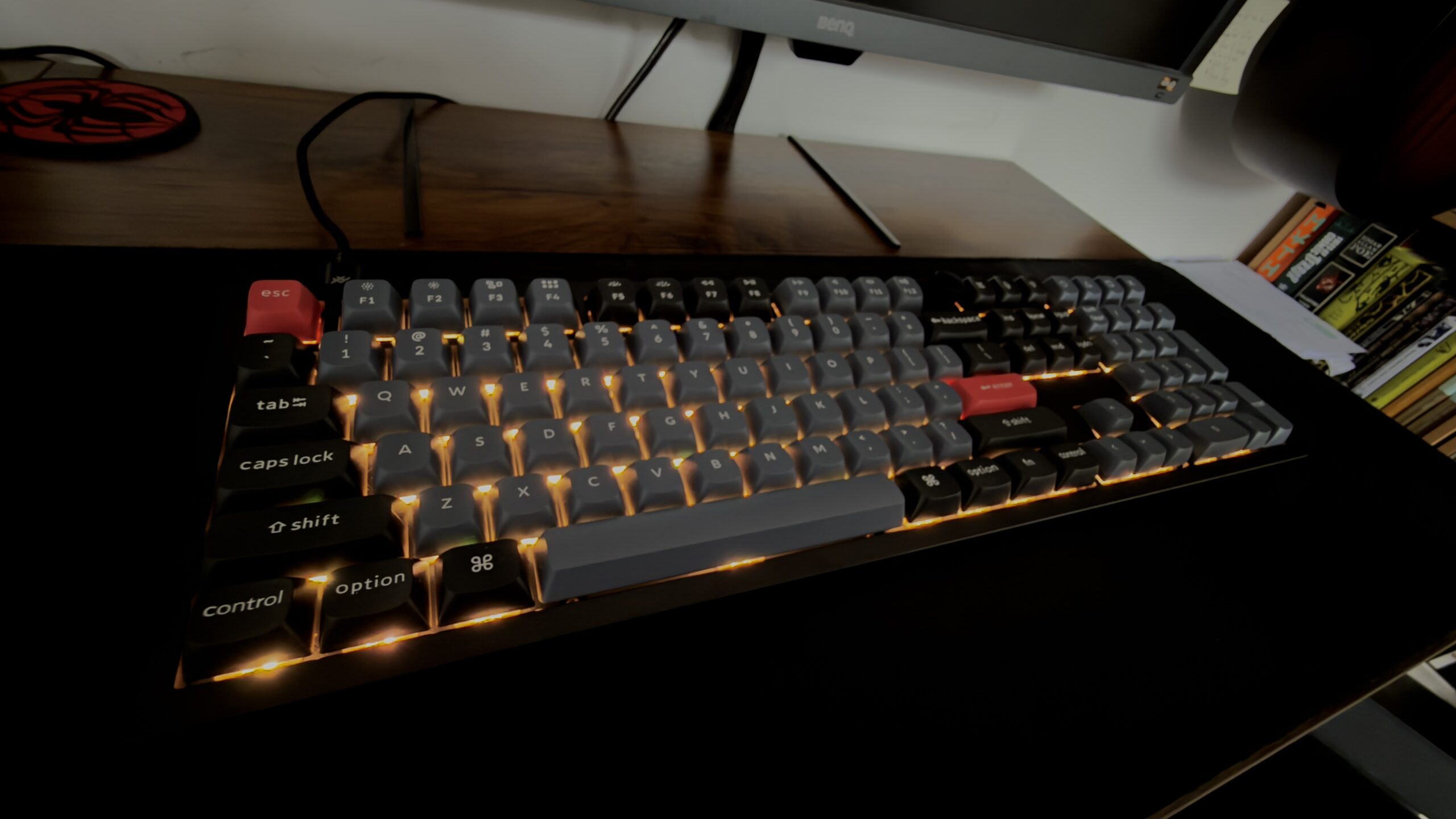
Finally, I wanted to touch on the ‘bonus feature’ for the Keychron Q6, if you can call it that. Just above the backspace is a metal volume knob that has a really nice finish and texture to it. Volume up, volume down, and click to mute. Simple stuff and maybe years of playing with guitars and amplifiers have me looking at a simple volume knob in a more favorable fashion, but I’m a big fan. Keychron also offers the knob up for customization, again using their Keychron launcher, which can let the knob do things like zooming in and out, adjusting brush sizes, adjusting display brightness and more. I kept it to volume. I like it.
EDIT: Following the publication of this review, Keychron sent me one of their rubber Keychron Palm Rests. I’ve been impressed with the clean simplicity of the palm rest, which makes it much easier and more comfortable to type with, especially as the Q6 is a bigger keyboard that sits a little higher than some others. It’s a clean black, rubber palm rest with minimal branding. If you’re considering purchasing the Q6, I would recommend giving the palm rest some thought. Unfortunately, as of writing, the rubber one I’m currently using is not available on Keychron’s store, but they have some alternatives that may be worth considering.
Conclusion
Keychron continues to impress. I really like the weight and sturdiness of the Q6. It’s an immovable object on my desk when I want it to be and has a lovely premium feel and finish that is only slightly compromised by some odd printing decisions on the otherwise lovely feeling keycaps. It does the simple things fantastically, but when paired with Keychron’s launcher or customized and tweaked by keyboard hobbyists, I think the Q6 is a fantastic keyboard solution. Just give the old wired vs. wireless debate some consideration ahead of your purchase.
All product links directing off-site will be affiliate links when possible and where applicable, and may result in commission earned on qualifying purchases. Find out more about our promise to you.


